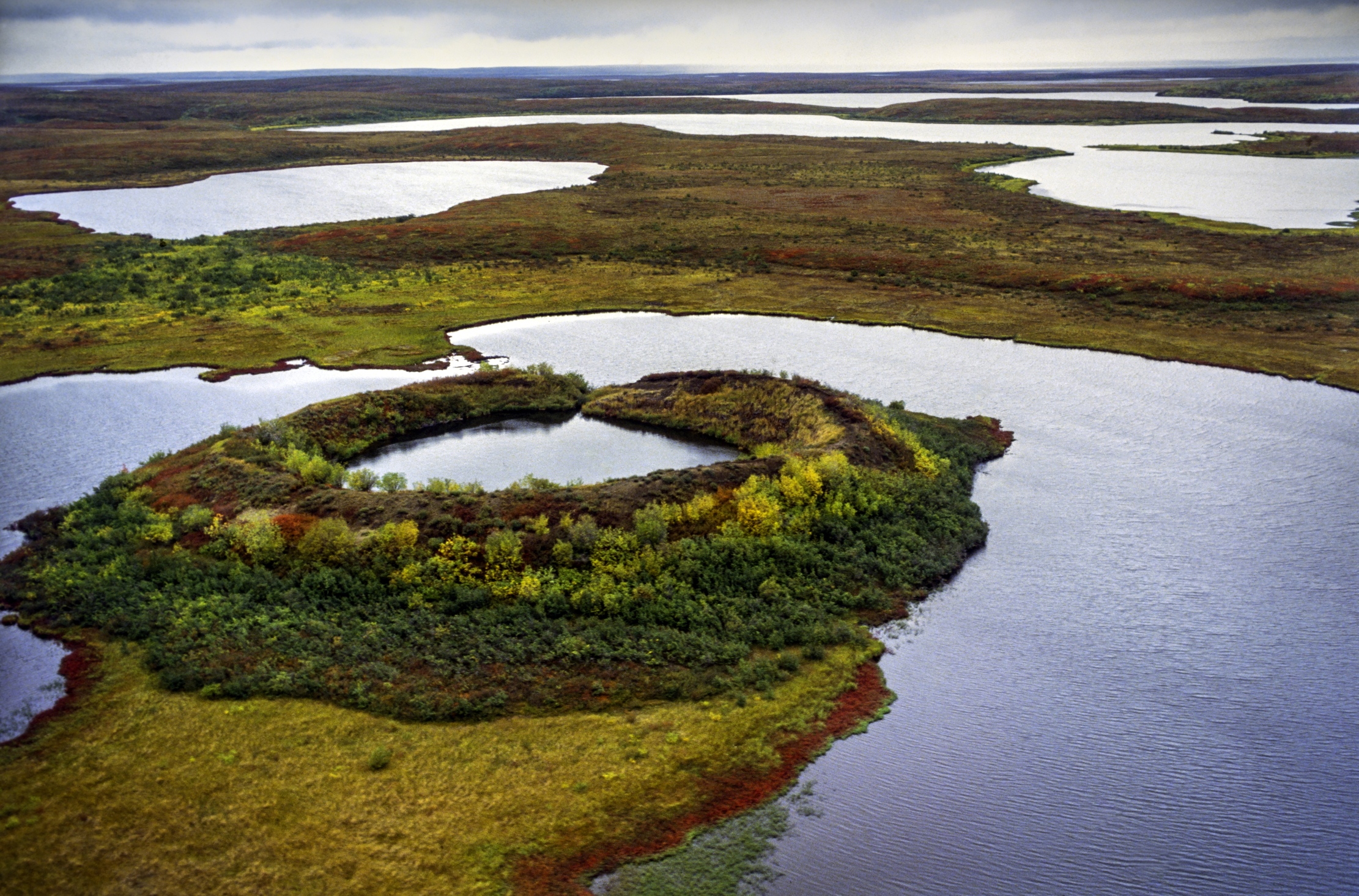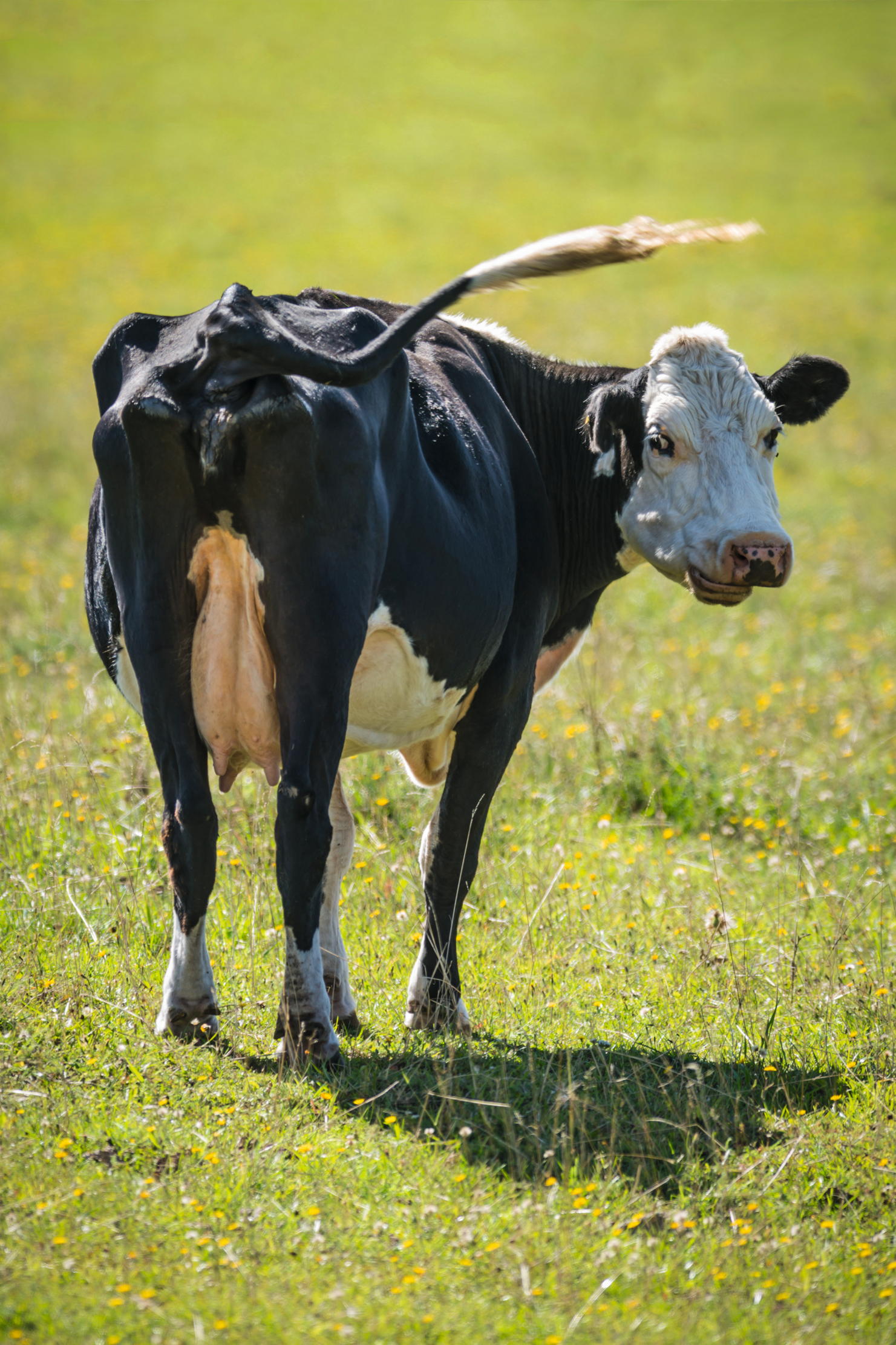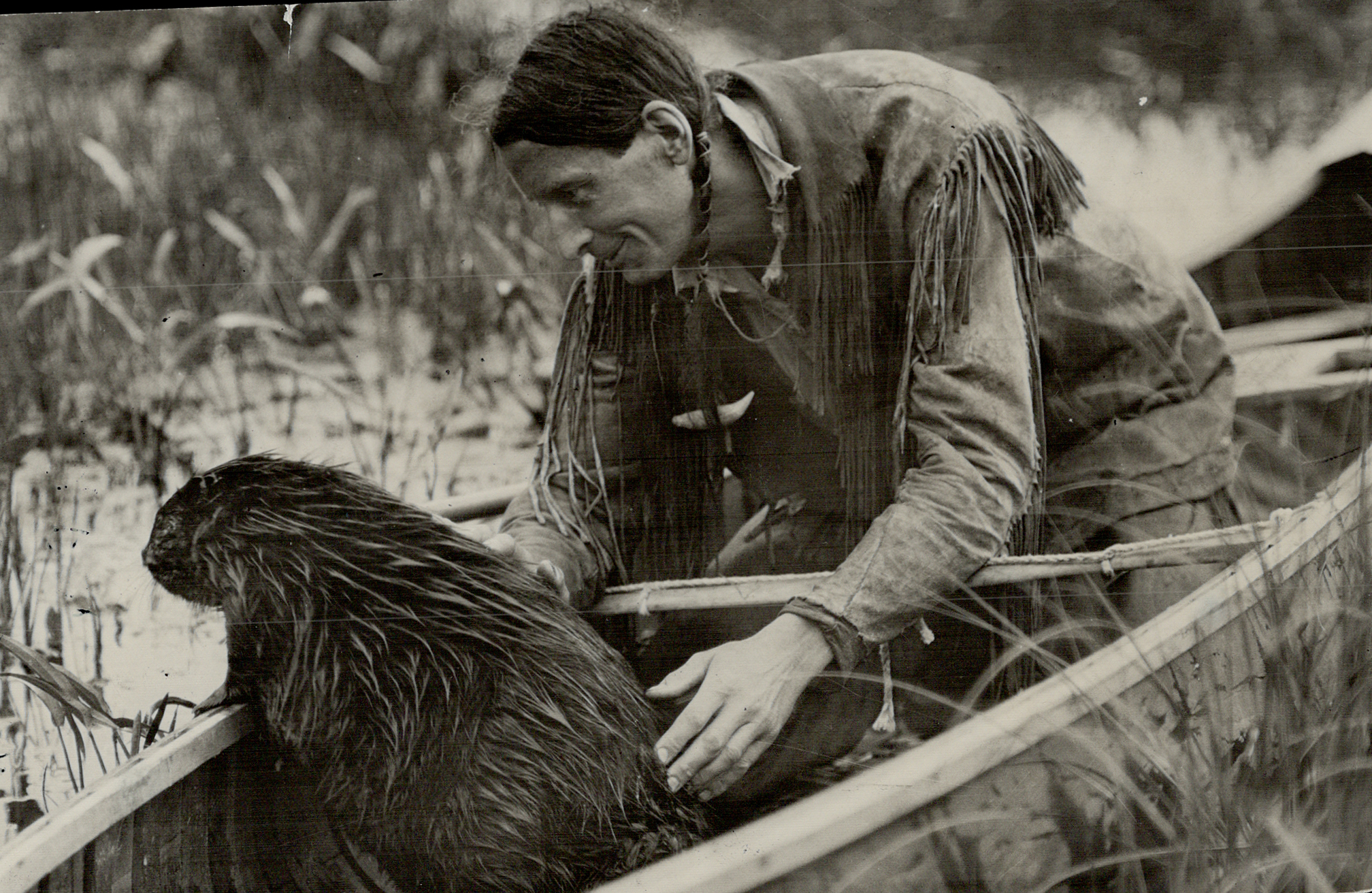The weather lore of January that claims to predict the future
Predicting the weather using folklore is not as lackadaisical as it might seem, says Lia Leendertz, as she reveals what we can look forward to this month.


Weather lore for January sets the tone for the whole year ahead. Certain days of the month are given particular weight in this matter, including the feast day of St Vincent of Saragossa (January 22), the patron saint of vintners and vinegar makers: ‘Remember on St Vincent’s Day, if the sun his beams display,/’tis a token bright and clear, of prosperous weather all the year.’
On St Paul the Apostle’s Day (January 25), we look again for a forecast for the rest of the year (as well as its corresponding effect on the price of grain) and also for darker prognostications:
If St Paul’s Day be fair and clear it does betide a happy year, But if it chance to snow or rain then will be dear all kinds of grain, If clouds or mists do dark the sky, great store of birds and beasts shall die, And if the winds do fly aloft, then war shall vex the kingdom oft.
This idea is seen in its fullest expression in las cabañuelas, a method of weather forecasting that originated in Spain and is still found throughout the Hispanic world. The weather on each of the first 12 days of January represents the weather for the 12 months of the year — with the first day representing January, the second day February and so on.
Then, from the 13th day, the sequence runs in reverse, with the last few days split into 12. This may seem a complex method to collate a forecast, but many cabañuelistas claim great accuracy.
Lia Leendertz is the author of ‘The Almanac: A Seasonal Guide to 2024’ (Gaia, £12.99)

Curious Questions: How are hailstones formed? And how big can they get?
Inspired by the recent wacky weather, Martin Fone — author of 50 Curious Questions — turns his gaze to what

Credit: Alamy
Exquisite houses, the beauty of Nature, and how to get the most from your life, straight to your inbox.
Curious Questions: How do weather forecasters figure out a percentage chance of rain?
Those 'chance of rain' percentages you see on the weather forecast hide a bewildering range of possibilities. So how are

The 10 types of cloud you'll see in Britain (and what they tell us about the weather)

Curious Questions: Why do we call a waterproof rain coat a mackintosh?
Scotland has turned out endless inventors of great genius in the past few hundred years, and Charles Macintosh — the man
-
 The eclectic New York townhouse that Lily Allen sings about in her new, headline-making album is for sale
The eclectic New York townhouse that Lily Allen sings about in her new, headline-making album is for sale381, Union Street is on the market just days after the singer’s latest album details the alleged infidelity in her marriage.
-
 When did the Titanic sink and other questions. It's the Country Life Quiz of the Day, October 29, 2025
When did the Titanic sink and other questions. It's the Country Life Quiz of the Day, October 29, 2025Test your general knowledge in Wednesday's quiz.
-
 Curious Questions: Will the real Welsh daffodil please stand up
Curious Questions: Will the real Welsh daffodil please stand upFor generations, patriotic Welshmen and women have pinned a daffodil to their lapels to celebrate St David’s Day, says David Jones, but most are unaware that there is a separate species unique to the country.
-
 Nobody has ever been able to figure out just how long Britain's coastline is. Here's why.
Nobody has ever been able to figure out just how long Britain's coastline is. Here's why.Welcome to the Coastline Paradox, where trying to find an accurate answer is more of a hindrance than a help.
-
 Curious questions: how an underground pond from the last Ice Age almost stopped the Blackwall Tunnel from being built
Curious questions: how an underground pond from the last Ice Age almost stopped the Blackwall Tunnel from being builtYou might think a pond is just a pond. You would be incorrect. Martin Fone tells us the fascinating story of pingo and dew ponds.
-
 Curious Questions: What's in a (scientific) name? From Parastratiosphecomyia stratiosphecomyioides to Myxococcus llanfair pwll gwyn gyll go gery chwyrn drobwll llan tysilio gogo goch ensis, and everything in between
Curious Questions: What's in a (scientific) name? From Parastratiosphecomyia stratiosphecomyioides to Myxococcus llanfair pwll gwyn gyll go gery chwyrn drobwll llan tysilio gogo goch ensis, and everything in betweenScientific names are baffling to the layman, but carry all sorts of meanings to those who coin each new term. Martin Fone explains.
-
 Curious Questions: How did a scrotum joke confuse paleontologists for generations?
Curious Questions: How did a scrotum joke confuse paleontologists for generations?One of the earliest depictions of a fossil prompted a joke — or perhaps a misunderstanding — which coloured the view of dinosaur fossils for years. Martin Fone tells the tale of 'scrotum humanum'.
-
 Curious Questions: Why do so many animals have bright white bottoms?
Curious Questions: Why do so many animals have bright white bottoms?Why do so many animals have such obviously flashy appendages, asks Laura Parker, as she examines scuts, rumps and rears.
-
 The 1930s eco-warrior who inspired David Attenborough and The Queen, only to be unmasked as a hoaxer and 'pretendian' — but his message still rings true
The 1930s eco-warrior who inspired David Attenborough and The Queen, only to be unmasked as a hoaxer and 'pretendian' — but his message still rings trueMartin Fone tells the astonishing story of Grey Owl, who became a household name in the 1930s with his pioneering calls to action to save the environment — using a false identity to do so.
-
 Curious Questions: Why do all of Britain's dolphins and whales belong to the King?
Curious Questions: Why do all of Britain's dolphins and whales belong to the King?More species of whale, dolphin and porpoise can be spotted in the UK than anywhere else in northern Europe and all of them, technically, belong to the Monarch. Ben Lerwill takes a look at one of our more obscure laws and why the animals have such an important role to play in the fight against climate change.
